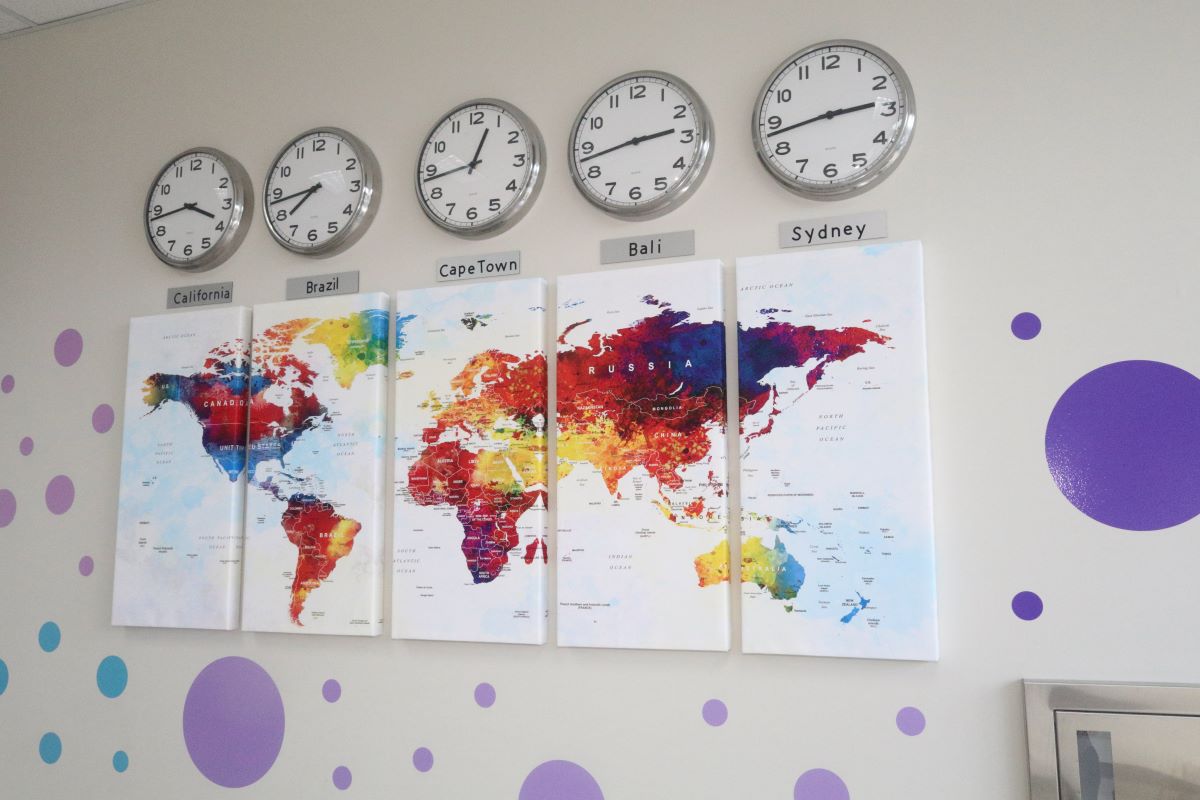Tuesday, May 6, 2025 4 min read IT Services
Co-Development and Strategic Partnerships with Remote Teams
Discover how virtual team management fosters long-term relationships, delivering flexible co-development models where teams actively contribute to projects.

Co-development involves a strategic partnership between in-house teams and remote teams, where both parties actively contribute to various stages of a project. This model allows companies to tap into a global talent pool, bringing diverse skills and perspectives to the table. By sharing responsibilities, such as design, development, and testing, organizations can accelerate time-to-market and enhance product quality.?
Key Benefits of Co-Development with Remote Teams
Access to Global Talent
Partnering with remote teams opens doors to a vast array of skills and expertise that may not be available locally. This diversity can lead to more innovative solutions and a competitive edge in the market.
Cost Efficiency
Outsourcing certain aspects of development to remote teams can be more cost-effective than maintaining all functions in-house. This cost savings can be reinvested into other areas of the project or business.
Scalability
Remote teams offer flexibility in scaling resources up or down based on project needs, without the long-term commitments associated with hiring full-time employees.
Continuous Development
With teams in different time zones, work can continue around the clock, leading to faster development cycles and quicker turnaround times.

Best Practices for Managing Co-Development Projects
Establish Clear Communication Channels
Effective communication is the cornerstone of successful co-development. Utilize tools like Slack, Microsoft Teams, or Zoom to facilitate real-time discussions and ensure all team members are aligned. Regular check-ins and updates help in addressing issues promptly and maintaining project momentum.
Define Roles and Responsibilities
Clearly outline the roles and responsibilities of both in-house and remote teams to avoid overlaps and ensure accountability. This clarity helps in setting expectations and streamlining workflows.
Implement Agile Methodologies
Adopting agile practices, such as Scrum or Kanban, can enhance collaboration and adaptability. Regular sprints, retrospectives, and backlog grooming sessions keep the project on track and allow for continuous improvement.
Leverage Collaborative Tools
Utilize project management and collaboration tools like Jira, Trello, or Asana to track progress, manage tasks, and share documents. These platforms provide transparency and facilitate seamless collaboration between teams.
Foster a Collaborative Culture
Building trust and camaraderie between in-house and remote teams is essential. Organize virtual team-building activities, encourage knowledge sharing, and celebrate successes together to strengthen relationships and enhance teamwork.

Overcoming Challenges in Co-Development
While the benefits of co-development are significant, challenges can arise:
- Time Zone Differences: Coordinating between teams in different time zones can lead to delays. Scheduling overlapping hours for meetings and using asynchronous communication can mitigate this issue.?
- Cultural Differences: Diverse cultural backgrounds can lead to misunderstandings. Promoting cultural awareness and sensitivity through training and open dialogue can help bridge these gaps.?
- Quality Control: Ensuring consistent quality across teams requires standardized processes and regular reviews. Implementing automated testing and continuous integration practices can maintain high-quality standards.?
Conclusion
Co-development and strategic partnerships with remote teams offer a pathway to innovation, efficiency, and global collaboration. By embracing this model and adhering to best practices, organizations can enhance their development processes, deliver high-quality products, and build lasting relationships with partners worldwide.
Related Article: Collaborative Workflow Between In-House and Virtual Development Teams